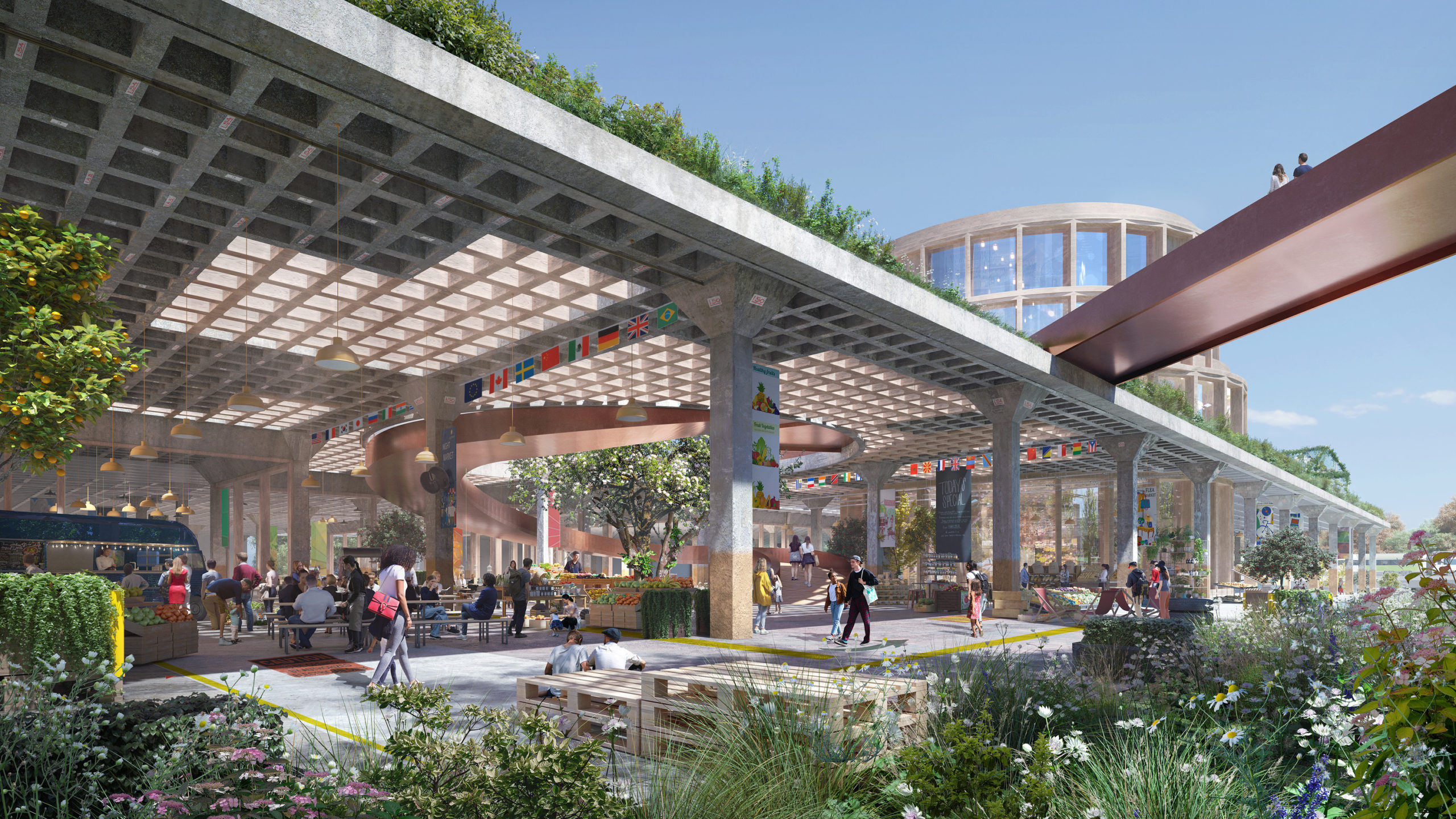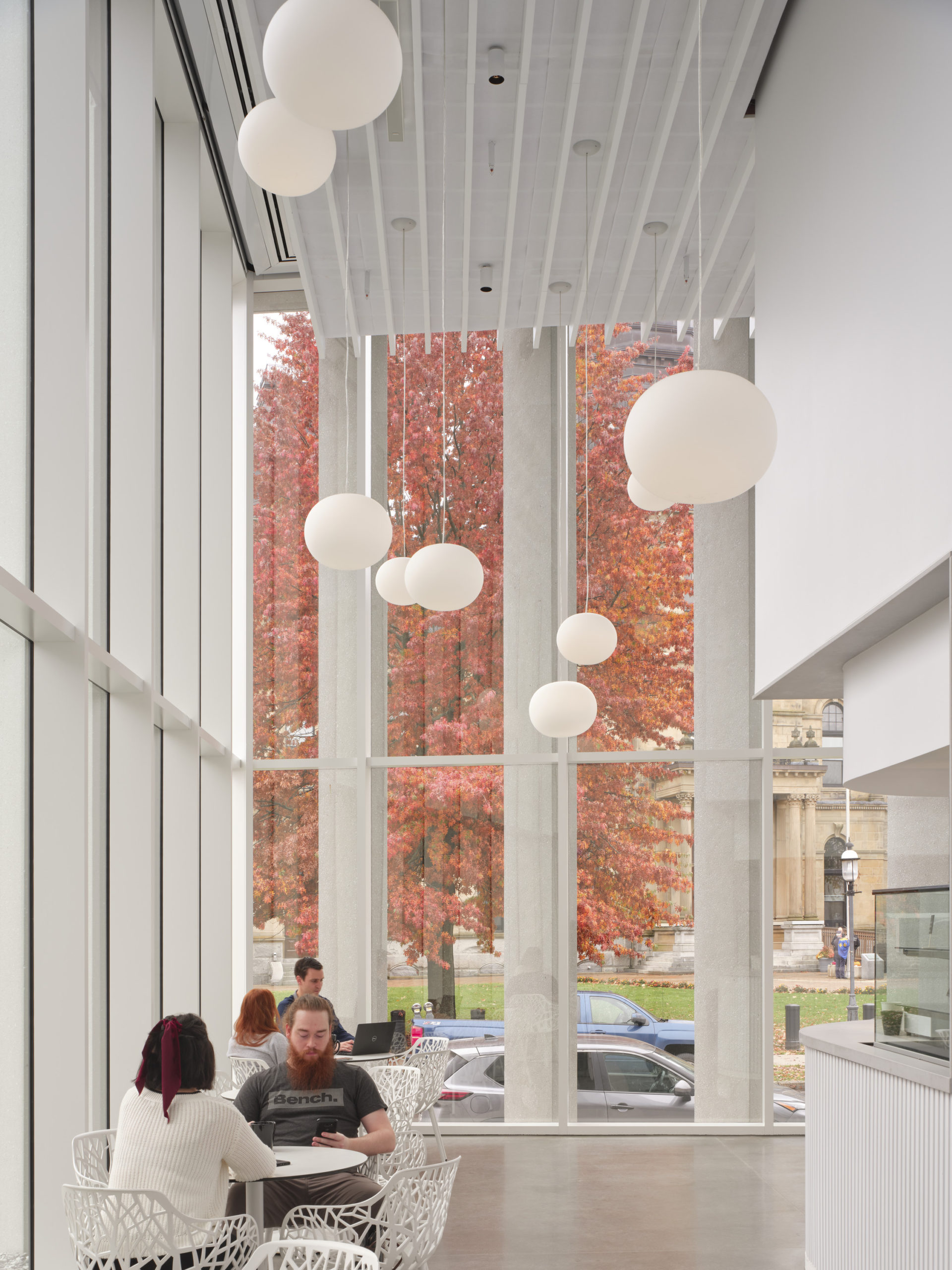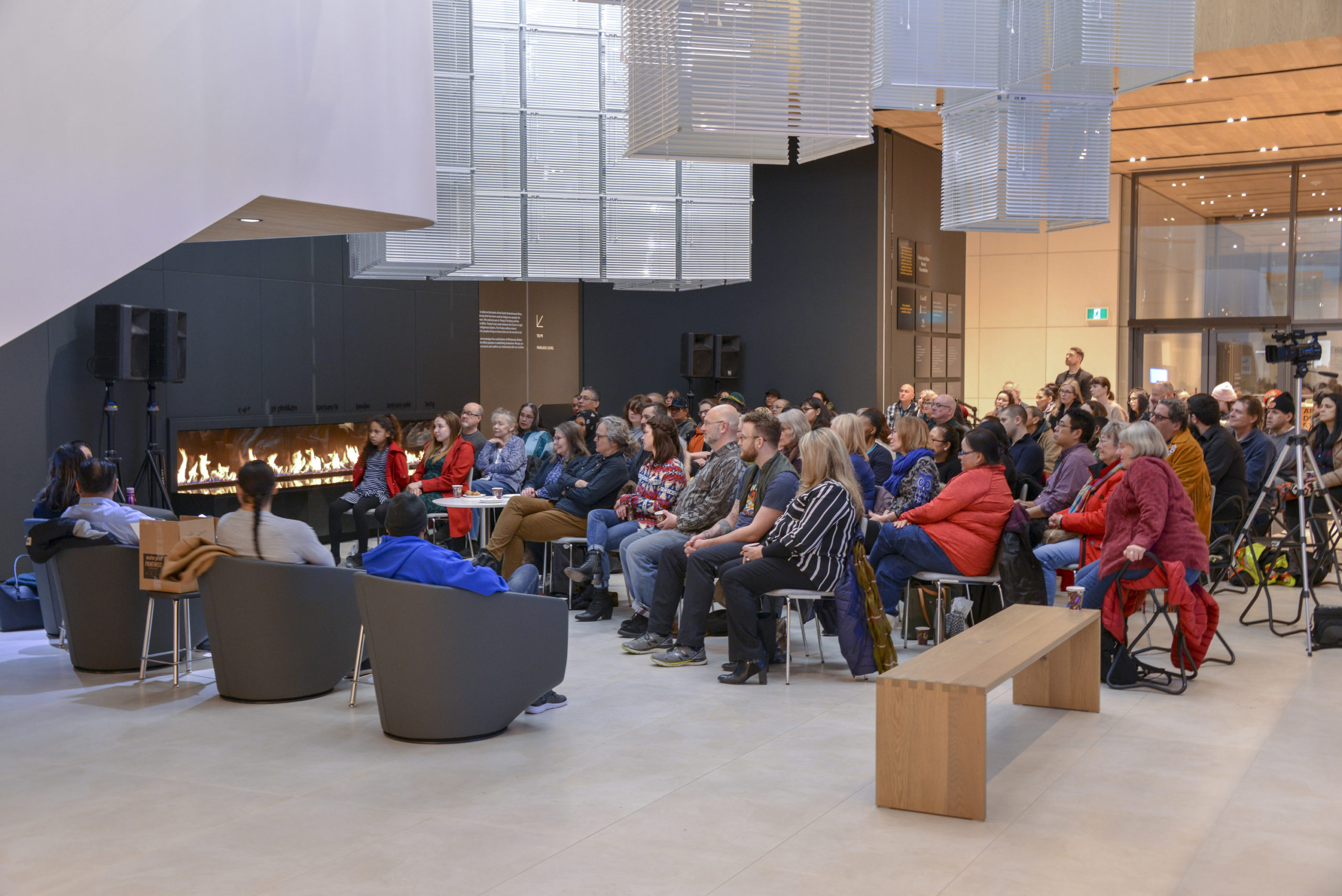“The heartbeat of a community”: Designing public spaces for connection and collaboration

November 10, 2023
As we continue to emerge from a global pandemic that required us to isolate, maintain a six-foot distance, and connect with each other via screens, the allure of public spaces is stronger than ever. Our cities’ libraries, community centres, recreation centres, and parks are quickly recognized as threads that weave the fabric of our communities, connecting people in lasting ways.
At our firm, we believe that public spaces are the key to sustaining urban life; we strive to do this by creating and enhancing spaces for community interaction.
Like the Fort York Library, recognized as a “tremendous community asset” by the Ontario Library Association, and the Remai Modern, noted as “an important civic space” by Canadian Architect, we understand the value in giving people places to connect, which principal Olga Pushkar believes any good public space should do.
Pushkar likes to think of public spaces as “the heartbeat of a community.” A good public space brings people together, she says. It’s a place where all people feel welcome and “should reflect who the people in the community are.”
Partner Kevin Bridgman agrees, emphasizing that people shouldn’t just want to go there, they need to know that they can go there.
Throughout their careers, Pushkar and Bridgman have worked on diverse culture, education, and masterplanning projects with public elements. This includes an athletic and wellness centre for a school in Toronto that Pushkar played a pivotal role in designing, and the Downsview Framework Plan on which Bridgman serves as design partner.

Envisioning inclusive, multi-use public spaces
For Bridgman and Pushkar, designing a good public space starts with putting people first. We ask: Who is this space for?
Whether it’s a community centre with a rooftop terrace where people practice yoga, an outdoor square where people read, or a park where people often picnic or roller skate, public spaces are an extension of a broader community. In the same way we all use our cities differently, we all use public spaces differently. While one person reads, scrolls, or relaxes, another bikes, eats a snack, or catches up with friends.
When you design a space with a people-first philosophy, you design a space that serves multiple purposes.
Pushkar says this is important because when a space can be used by different people in a variety of ways, “it creates more opportunities for connection” and “makes people feel like they’re a part of something.” So, you take it a step further and after asking “Who is this space for?” you might ask “How will this space be used?”
The answer will vary depending on the kind of public space it is. Pushkar, who has worked on several community centre master plans, says that for a community centre, it can mean considering an assortment of spaces: a nook to eat lunch, a quiet or distraction-free zone for neurodiverse visitors, an enclosed room for a book club meeting, a semi-open lounge to host Diwali, Eid, or the Lunar New Year, or an outdoor space that connects people to nature.
For a plaza or pavilion, like the Harrison McCain Pavilion at Beaverbrook Art Gallery, you can combine different kinds of seating to accommodate various mobility levels or use colour strategically to enhance wayfinding. And for a recreation centre, you might consider reflection or meditation spaces in addition to spaces for sporting activities.

Centering the health and comfort of users in public space design
Then you might ask, “What will people need while they’re here?” or “How else can this space be made accessible, comfortable, and beautiful?”
For Bridgman and Pushkar, features that prioritize our well-being are necessary: large windows to provide access to fresh air and daylight; surrounding green spaces to maintain the connection between the indoors and the outdoors; and washrooms for all (gender-neutral washrooms, accessible restrooms, universal changing rooms) so everyone can access public washrooms safely and with dignity.
Bridgman suggests using natural materials, like wood or stone, for the interiors because they bring warmth into a space organically. While Pushkar adds that incorporating art on arrival — a painting on the ground floor, a sculpture by the entrance, an art installation outside the building — is a great way to highlight a community’s cultural identity. It also gives people an opportunity to connect with the space before they’re approached by (or need to approach) an attendant or a guard.
And both emphasize that the best public spaces create a sense of belonging by being inclusive and welcoming for people at all stages of life — “so everyone in the community can enjoy it.”